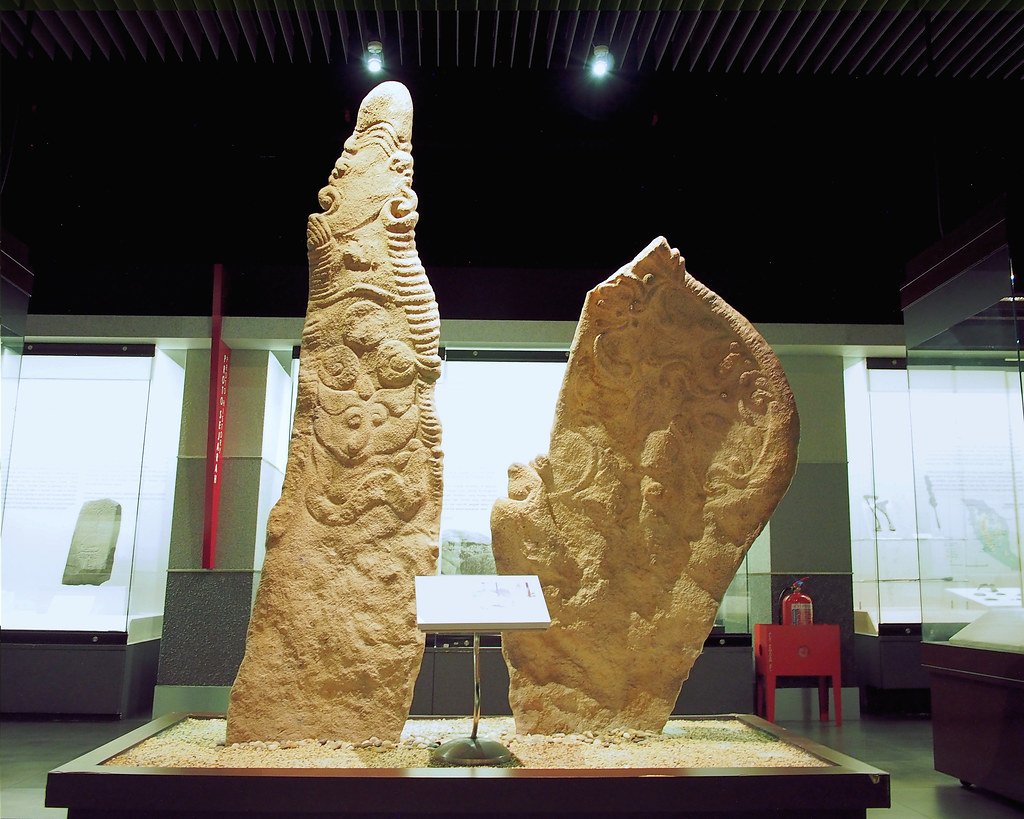Imagine standing in the heart of Malaysia’s lush, ancient forests, sunlight filtering through towering trees, and suddenly coming across a massive, weathered stone standing upright in the earth. It’s a sight both humbling and mysterious. For centuries, these megalithic stones have puzzled archaeologists, locals, and travelers alike. But what if these silent sentinels are more than relics? What if, thousands of years ago, they guided travelers, traders, and entire communities across the landscape, serving as one of the world’s earliest navigation systems? This idea is electrifying, inviting us to rethink everything we thought we knew about Malaysia’s deep past—and the ingenious ways humans have always found to connect and orient themselves in the world.
The Mysterious Megaliths of Malaysia
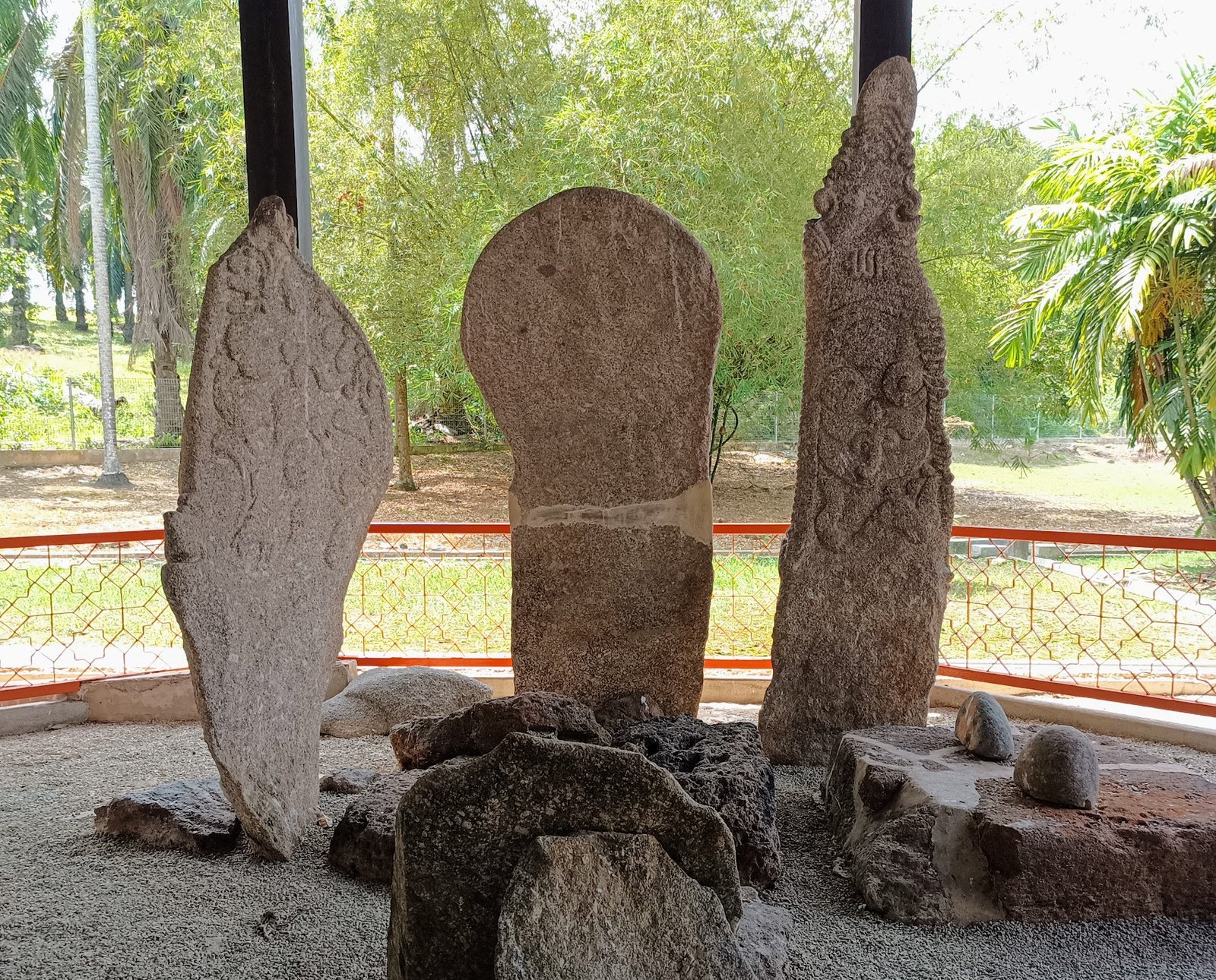
In the heart of Malaysia, from the rolling hills of Negeri Sembilan to the rural expanses of Perak, enormous standing stones rise from the earth. Some are solitary, others arranged in patterns or clusters. Local legends paint them as petrified warriors or ancient grave markers, but archaeologists believe their origins reach far deeper. These megaliths, some dating back over 2,500 years, are often carved from granite or sandstone and can weigh several tons. Their sheer size and deliberate placement spark awe and curiosity. The mystery of who built them and for what purpose continues to stir heated debate and fascination.
What Makes a Stone a Megalith?
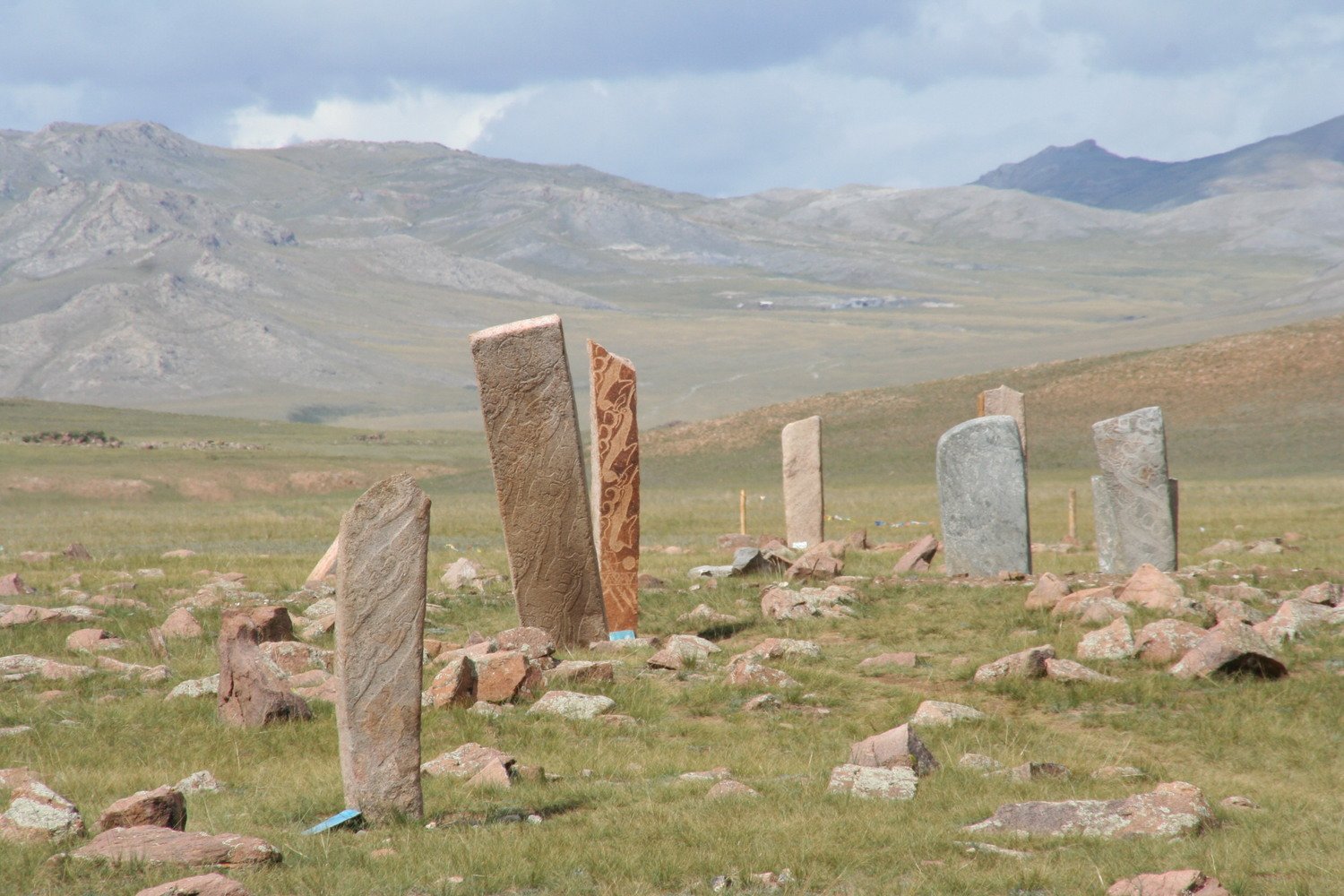
A megalith isn’t just any large rock. These stones are intentionally shaped, transported, and erected by human hands. The term itself comes from Greek, meaning “large stone.” In Malaysia, megaliths stand out because of their deliberate arrangements and sometimes intricate carvings. Some are as tall as a person, while others lie flat on the ground. The care taken to position them—often aligned with hills, rivers, or the stars—suggests a purpose beyond mere grave markers. Their presence hints at sophisticated knowledge of geology, astronomy, and landscape.
Theories Behind the Stones’ Purpose
For decades, the most common explanation has been that these stones mark ancient burial sites. However, not all megaliths are associated with graves. Some are found far from any known settlement or cemetery. Recent research proposes alternative theories: could these stones have served as ritual sites, territorial markers, or even communication points? The idea that they functioned as a kind of prehistoric GPS, guiding travelers along ancient routes, is a thrilling new direction for study. This possibility opens up a window into how early Malaysians may have navigated dense forests and mountainous terrain.
The Science of Ancient Navigation
Before the compass, before satellites, ancient peoples had to rely on the landscape itself to find their way. In many parts of the world, megalithic structures served as orientation points. By aligning stones with celestial objects, distant mountains, or water sources, early societies created a network of markers. In Malaysia’s tropical environment, where dense foliage can obscure the sun and landmarks, a line of standing stones would have been invaluable. These natural “signposts” could be seen from afar, helping travelers orient themselves and find safe paths.
Patterns and Alignments: More Than Random Placement
Archaeologists have noticed that many of Malaysia’s megaliths are not scattered randomly. Instead, they often form lines, circles, or geometric arrangements. Some align with nearby rivers, others point toward distant peaks or the rising sun. These deliberate placements may have been designed to guide people between settlements, water sources, or ceremonial sites. The patterns suggest a deep understanding of geography and an intentional effort to map the land using stone.
Carvings and Symbols: A Hidden Language?

Some megaliths in Malaysia bear carvings—simple lines, spirals, or enigmatic shapes. While their meaning has been lost to time, some researchers speculate that these carvings acted as a form of proto-writing or symbolic code. They could have indicated directions, marked boundaries, or recorded significant events. Imagine a traveler approaching a carved stone and, by reading its symbols, knowing whether to turn left toward the coast or right into the highlands.
Oral Traditions and Local Legends
Local communities have long woven stories around these stones. Some believe the megaliths are cursed, while others see them as protectors or memorials. Folktales often speak of travelers who were lost, only to be guided home by a mysterious stone. These stories, passed down through generations, may hold echoes of the stones’ original function as navigational aids. The blending of myth and memory adds a powerful human dimension to the stones’ story.
Comparisons with Megaliths Worldwide

Malaysia is far from alone in its tradition of erecting megaliths. From Stonehenge in England to the menhirs of Brittany and the dolmens of Korea, ancient peoples across the globe used giant stones in similar ways. In many cases, these monuments served as landmarks, calendars, or ceremonial sites. The similarities suggest that the impulse to use stones for navigation and orientation is universal—a testament to human ingenuity in every corner of the world.
The Role of Environment and Geography
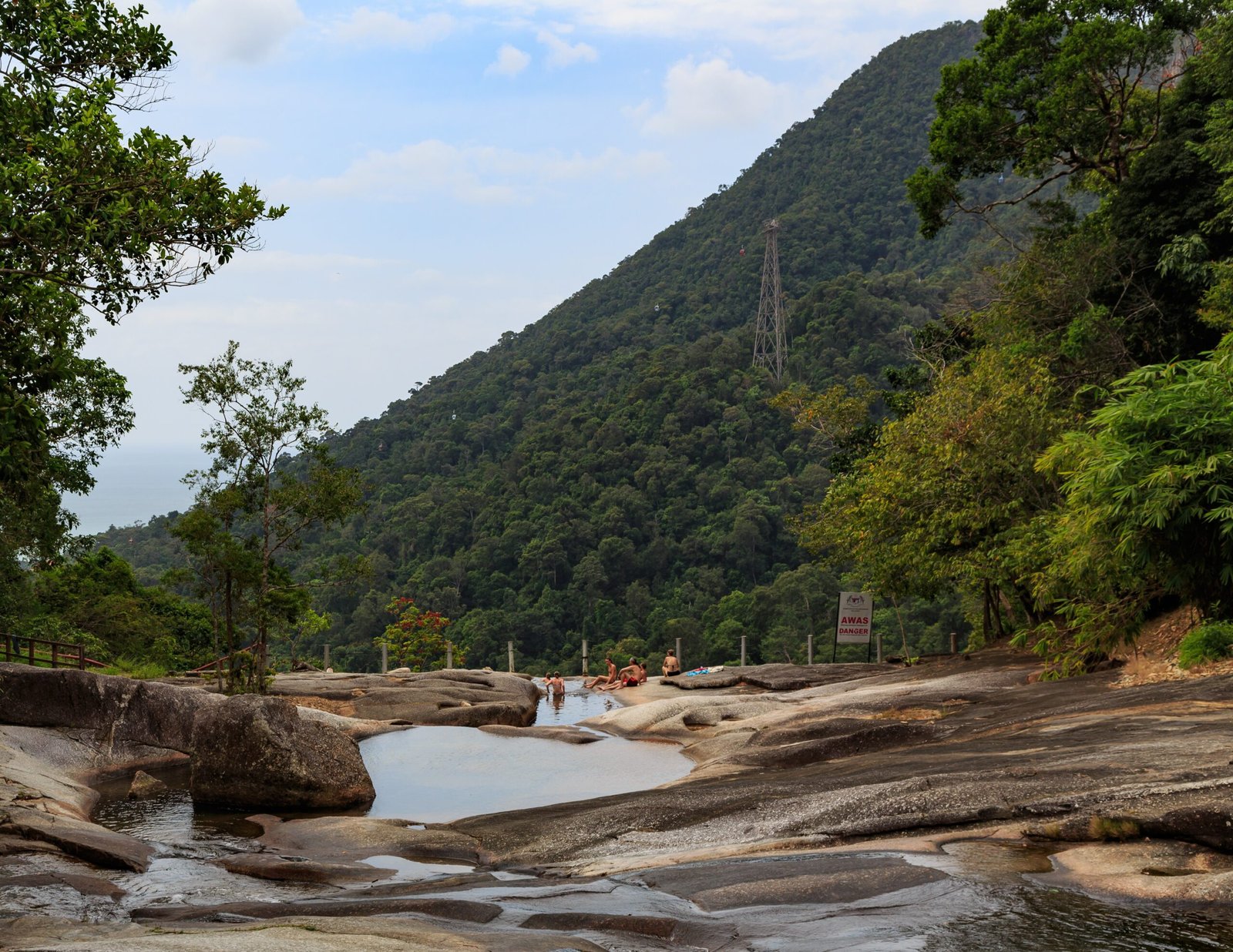
Malaysia’s landscape is a patchwork of mountains, rivers, and dense rainforests. Navigating this terrain, especially before the advent of modern roads, would have been daunting. Megalithic stones, strategically placed at crossroads, hilltops, or riverbanks, would have provided reliable reference points. In a land where paths could easily become overgrown or washed away, these enduring markers offered a sense of stability and continuity.
Modern Technology Meets Ancient Stones

Today, archaeologists are using cutting-edge tools—like drone mapping, ground-penetrating radar, and satellite imagery—to study the placement and alignment of megaliths. These technologies have revealed previously hidden patterns and connections, suggesting that the stones may indeed form a network. Modern geolocation techniques have even been used to “reverse engineer” ancient routes, showing how travelers could have moved from one stone to the next, much like following signposts on a highway.
Genetic and Cultural Connections
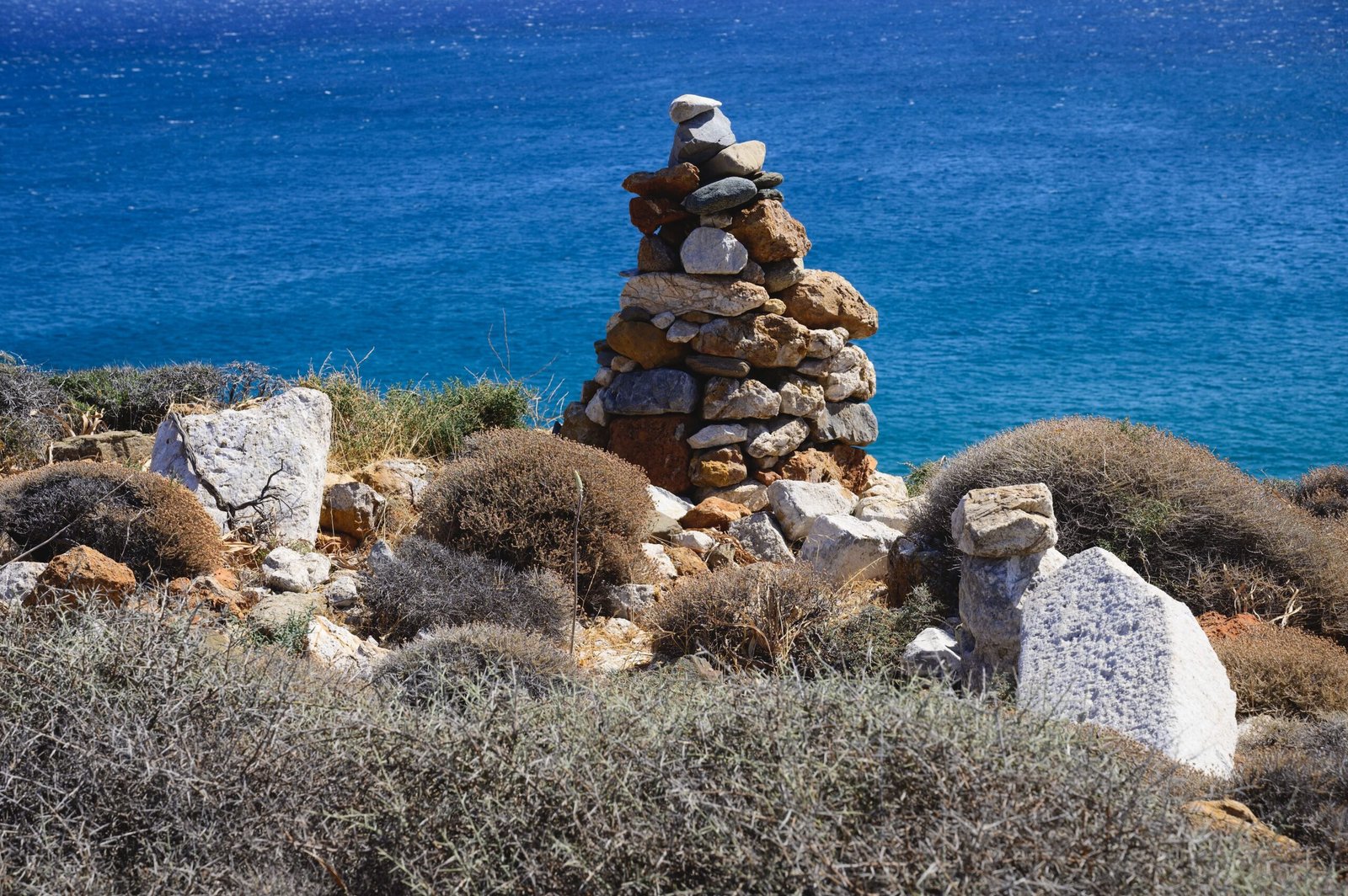
Recent studies of ancient DNA and cultural artifacts suggest that Malaysia’s early peoples were connected to distant communities across Southeast Asia and beyond. The megaliths, then, might have served as waypoints along long-distance trade or migration routes. These stones could have helped knit together a vast network of cultures, facilitating the exchange of goods, ideas, and technologies.
Ritual and Ceremony Along the Way
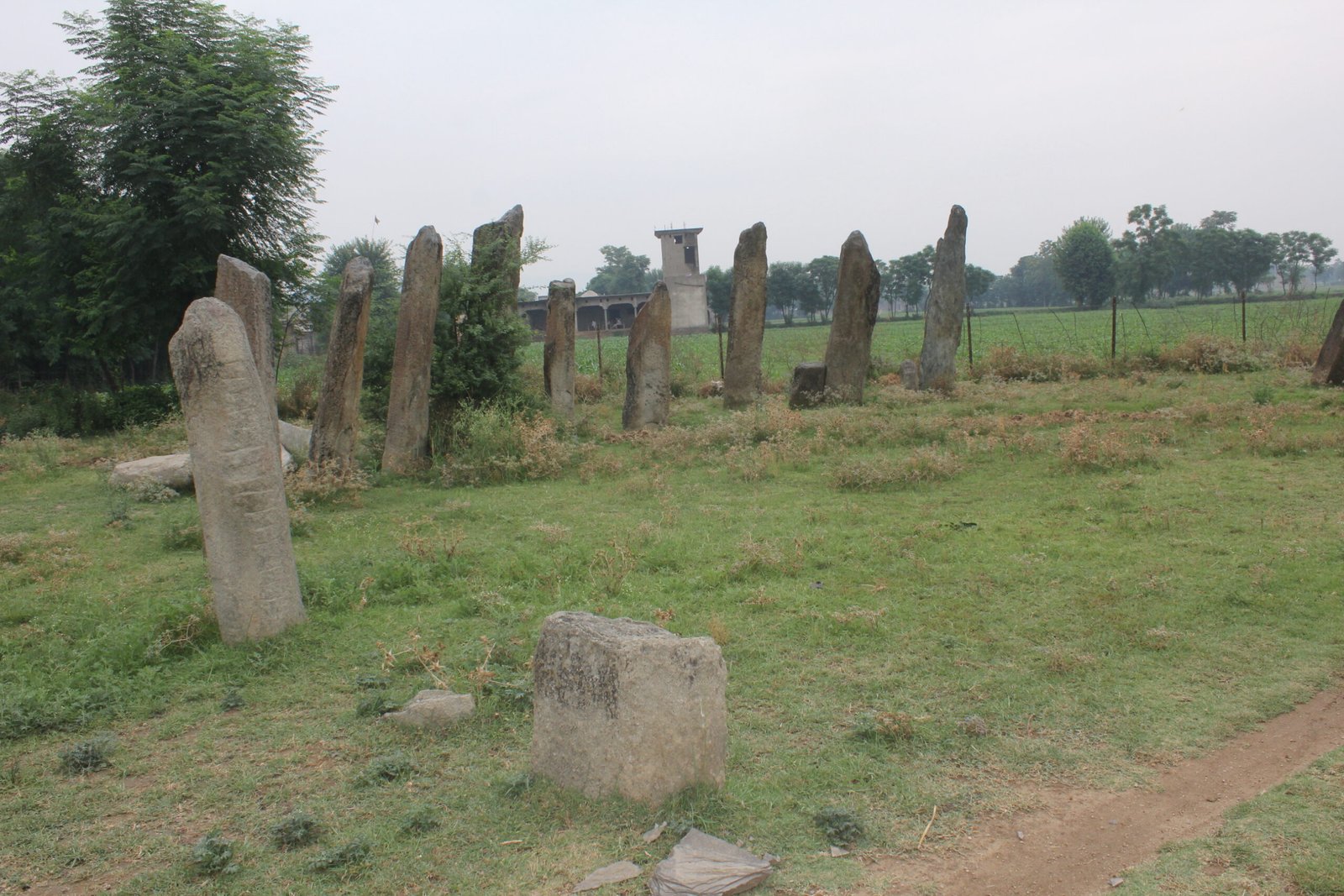
Travel in ancient times was often perilous, and megalithic stones may have served both practical and spiritual roles. Travelers might have stopped at these stones to rest, make offerings, or seek protection from the spirits. Some megaliths are surrounded by smaller stones or earthen mounds, hinting at ceremonial gatherings. The journey itself could have been transformed into a sacred experience, guided by these ancient monuments.
Challenges in Preserving the Stones
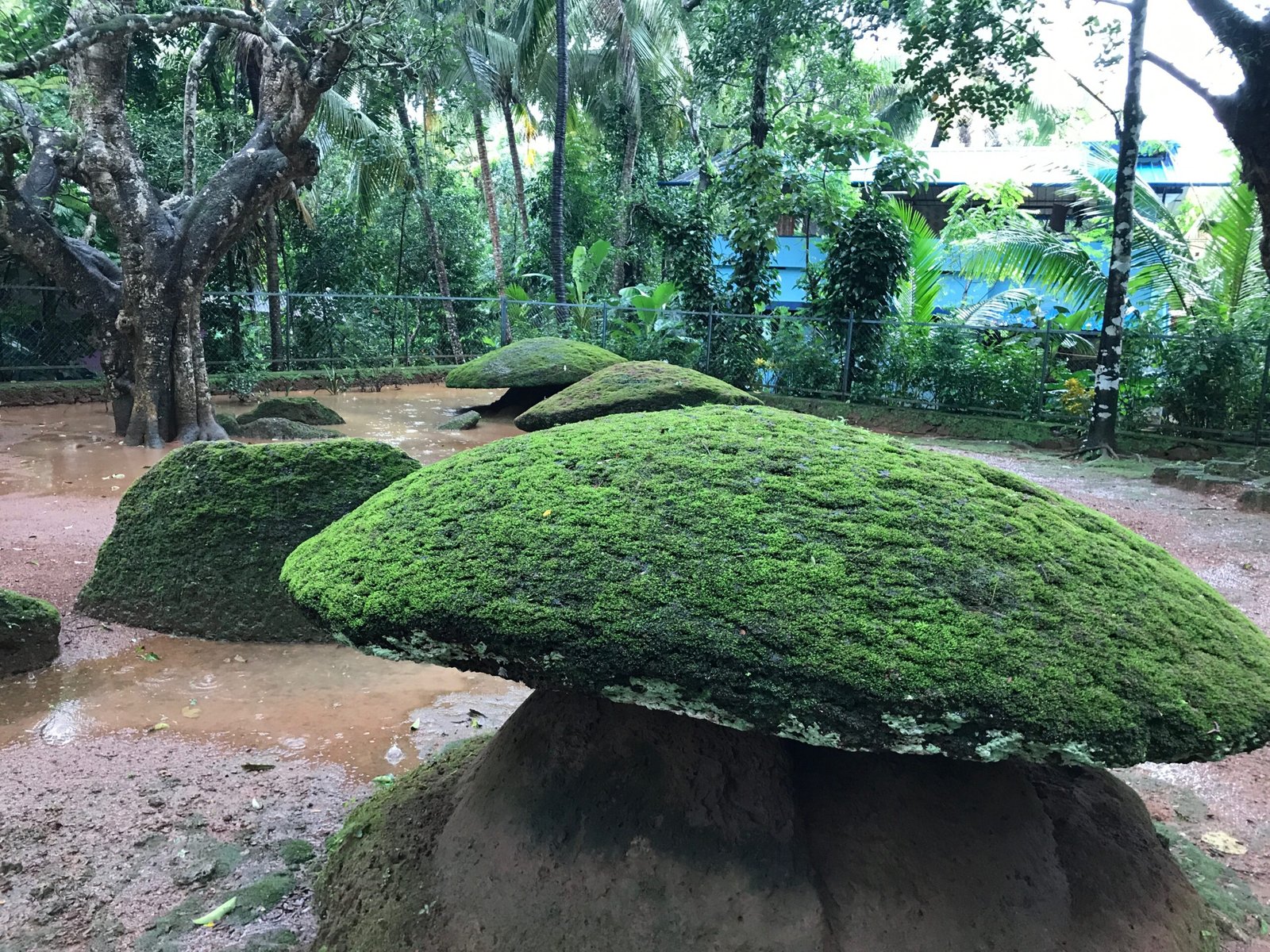
Many of Malaysia’s megalithic sites are threatened by urban development, agriculture, and natural erosion. Some stones have been toppled, removed, or vandalized. Efforts to protect and restore these monuments are underway, but funding and public awareness remain challenges. Each lost stone represents a missing piece of the region’s history—a silenced voice from the past.
Community Involvement and Rediscovery
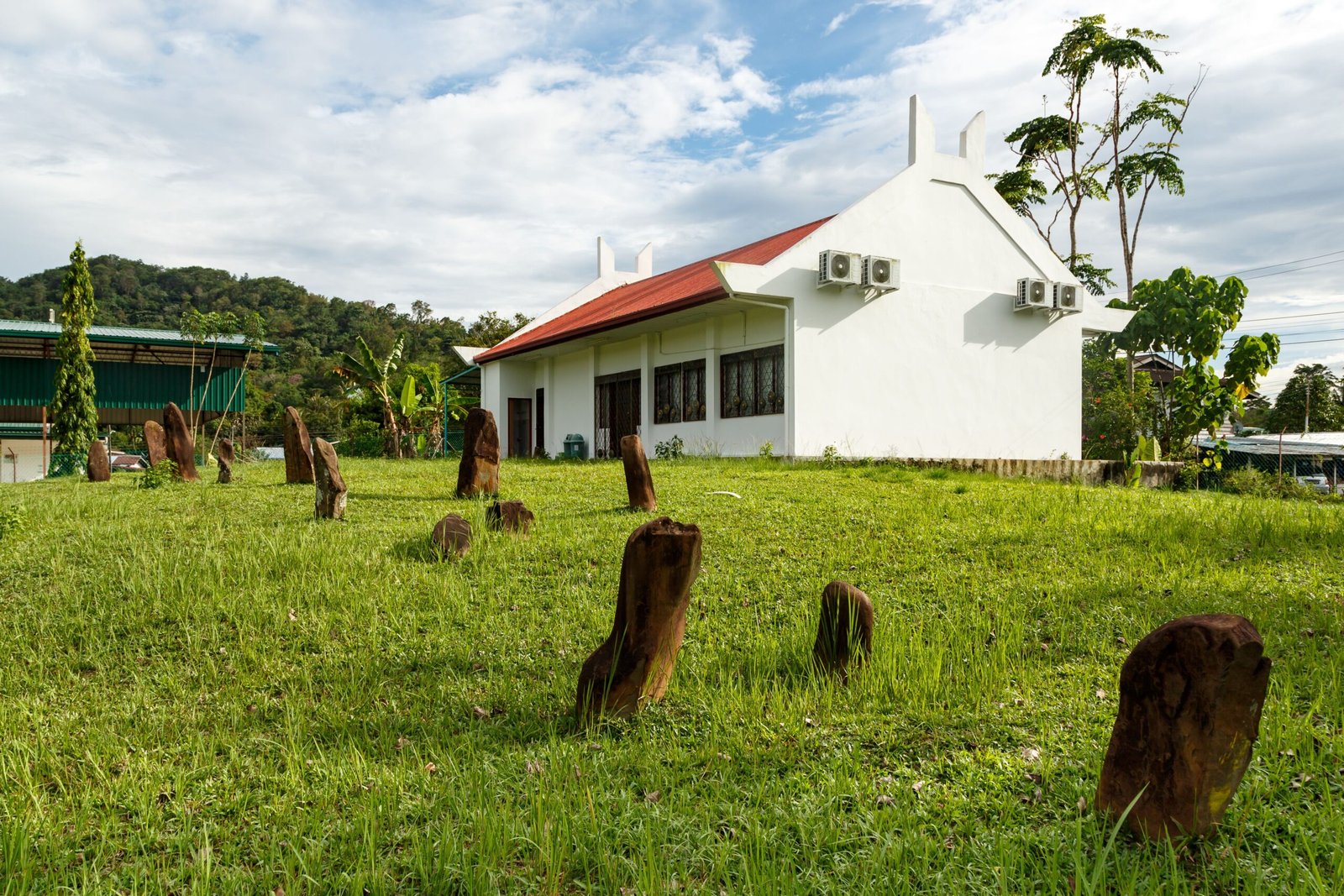
Local communities play a crucial role in preserving megalithic sites. In some areas, villagers act as custodians, guiding visitors and sharing stories. Recent community-led surveys have uncovered previously unknown stones buried in the jungle. Schools and heritage organizations are working to educate young people about the importance of these sites, ensuring that the legacy of the megaliths endures.
The Emotional Power of Ancient Stones
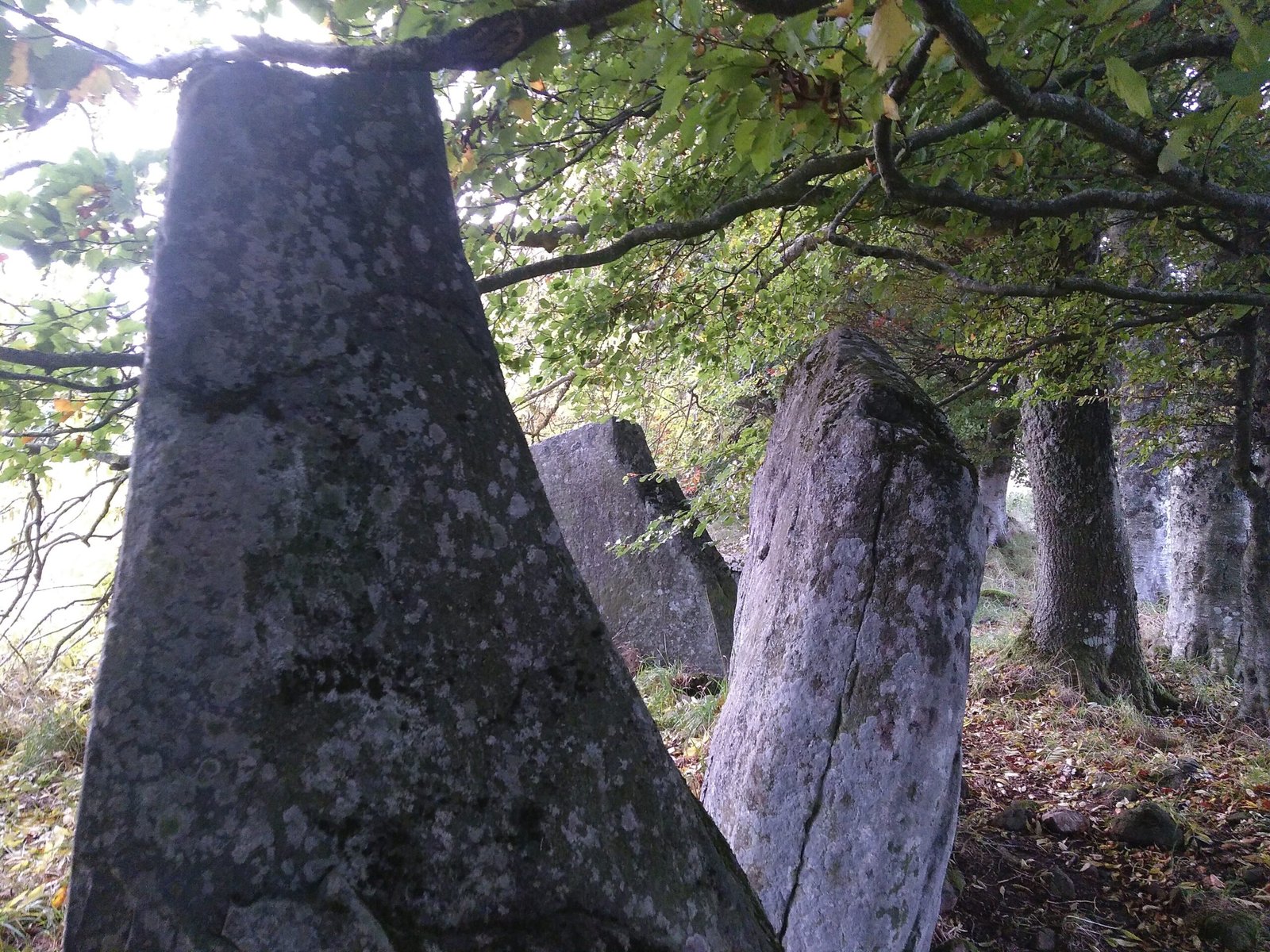
Standing before a megalithic stone, many people report a sense of wonder—a feeling of connection across time. These stones invite us to reflect on the journeys of those who came before us. They are reminders of human resilience, creativity, and the universal desire to find our way in the world. The emotional impact of encountering such a monument can be profound, stirring curiosity and respect for the achievements of our ancestors.
Decoding the Past: Future Research Directions
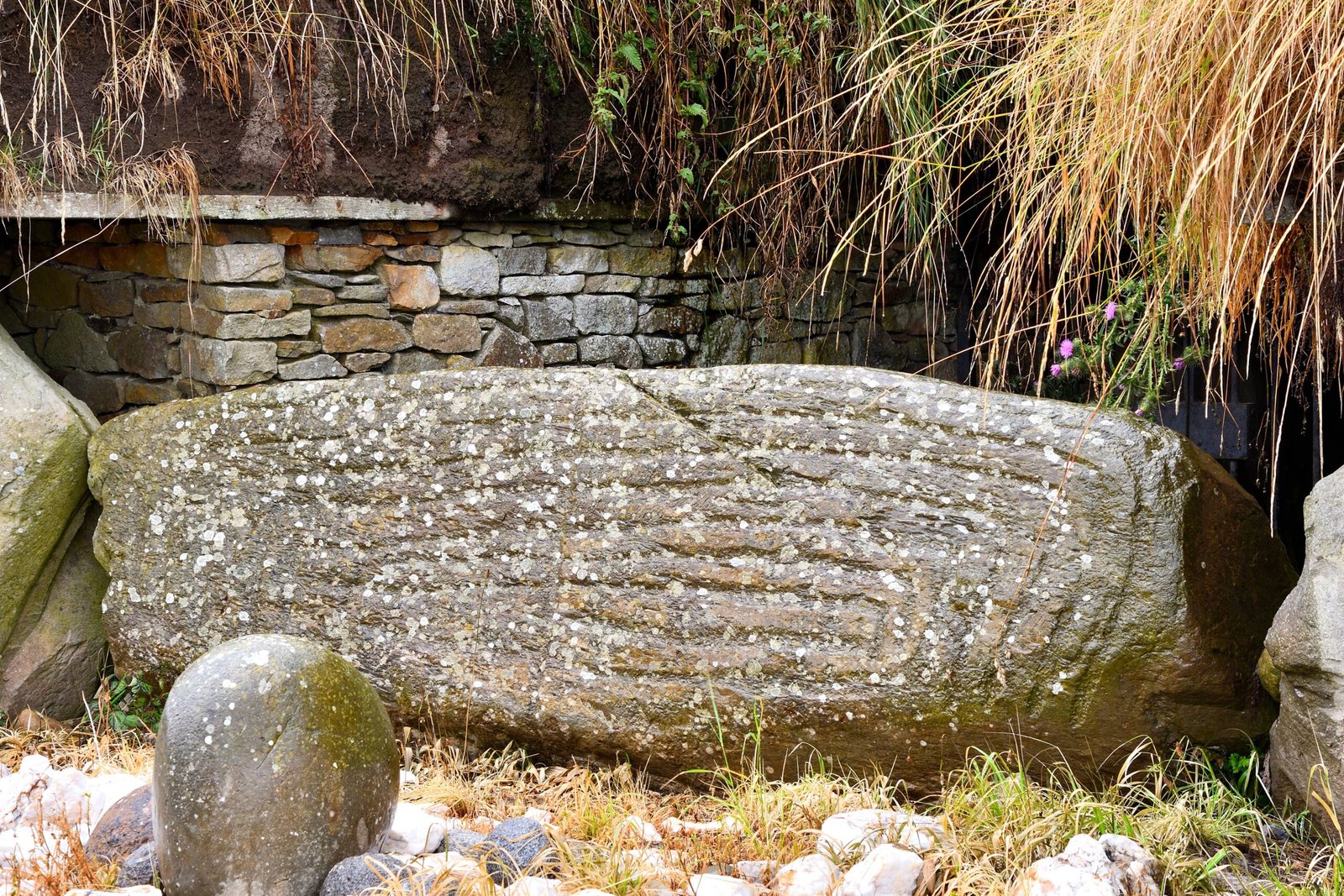
The mystery of Malaysia’s megalithic stones is far from solved. Ongoing research is exploring new questions: How were the stones transported and erected? What tools and knowledge did ancient builders possess? Could there be undiscovered sites waiting in the jungle? Interdisciplinary teams of archaeologists, linguists, and geologists are collaborating to unravel these secrets, combining old-fashioned fieldwork with the latest scientific techniques.
Lessons for Today’s Navigators

The story of Malaysia’s megalithic stones is not just about the past. It reminds us that navigation is as much about community, memory, and creativity as it is about technology. In a world saturated with digital maps and GPS, these ancient monuments challenge us to look up from our screens and pay attention to the landscape around us. They inspire us to value the wisdom embedded in the land and in the stories we inherit.
Reimagining History: The Original GPS?
Could the megalithic stones of Malaysia truly represent Southeast Asia’s earliest navigation system? The evidence is tantalizing, though not yet conclusive. What is clear is that these monuments were carefully placed, deeply meaningful, and integral to the lives of those who built them. They may have been the beacons that lit the way for generations of travelers, long before satellites circled the earth.
Why These Stones Still Matter
Today, Malaysia’s megalithic stones stand as silent witnesses to thousands of years of human history. They challenge us to imagine a world where navigation was a shared, communal act—where every journey was guided not by pixels on a screen, but by the enduring presence of stone. As we seek new ways to connect with the past and with each other, these ancient monuments offer inspiration and guidance.
What secrets might still be hidden in the shadows of these ancient stones?

